Grow Juicy Melons at Home – imagine biting into a perfectly ripe, sweet, and incredibly juicy melon that you nurtured from seed to fruit, right in your own backyard! Forget those bland, store-bought melons; this year, we’re taking control and cultivating our own deliciousness. For centuries, melons have been cherished across cultures, from ancient Egypt where they were buried with pharaohs, to the vibrant markets of Asia where they symbolize prosperity.
But let’s be honest, the thought of growing melons can seem a little daunting. They’re often perceived as finicky and requiring vast amounts of space. That’s where these DIY tricks and hacks come in! I’m here to show you that with a little know-how and some clever techniques, you can absolutely grow juicy melons at home, even if you have limited space or gardening experience.
This isn’t just about saving money (although that’s a definite perk!). It’s about experiencing the joy of nurturing life, connecting with nature, and enjoying the unparalleled flavor of homegrown produce. Plus, knowing exactly where your food comes from and how it was grown gives you peace of mind. So, grab your gardening gloves, and let’s dive into the secrets of growing the juiciest, most flavorful melons you’ve ever tasted!
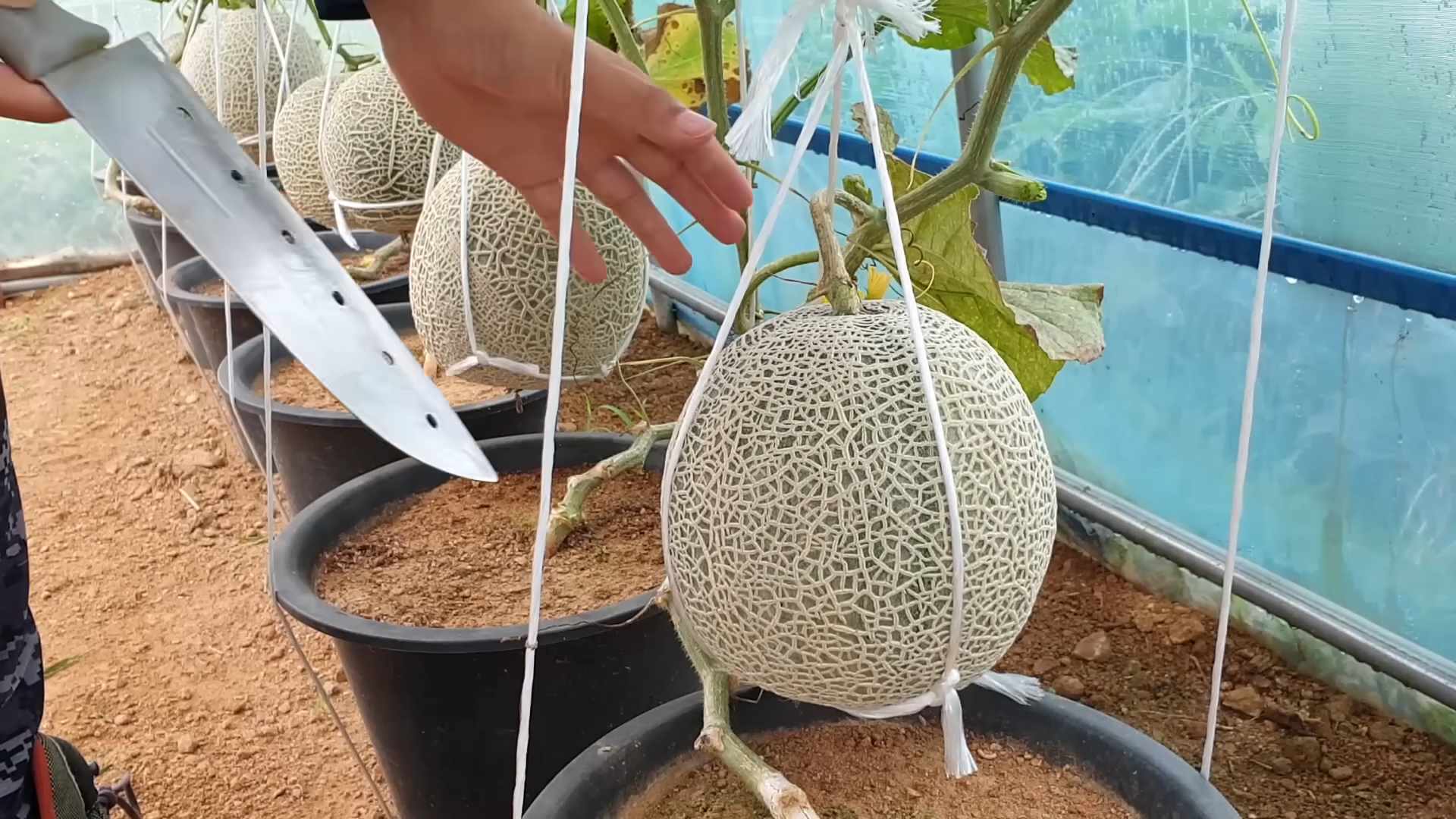
Grow Juicy Melons at Home: A DIY Guide
Okay, melon lovers, let’s get down to business! I’m going to walk you through everything you need to know to grow your own delicious, juicy melons right in your backyard. It might seem intimidating, but trust me, with a little planning and effort, you’ll be enjoying homegrown goodness in no time.
Choosing Your Melon Variety
First things first, you need to decide what kind of melon you want to grow! There are so many options, each with its own unique flavor and growing requirements. Here are a few popular choices:
* Watermelon: A classic summer favorite! Watermelons need plenty of space and sunshine. Consider smaller “icebox” varieties if you have limited space.
* Cantaloupe: Sweet and aromatic, cantaloupes are relatively easy to grow. They prefer warm weather and well-drained soil.
* Honeydew: Similar to cantaloupe, honeydews have a smooth, pale green rind and a mild, sweet flavor.
* Galia Melon: A cross between a cantaloupe and a honeydew, Galia melons are known for their fragrant aroma and juicy flesh.
* Casaba Melon: These melons have a distinctive teardrop shape and a mild, slightly tangy flavor.
Once you’ve chosen your melon variety, make sure to select seeds or seedlings from a reputable source. Look for varieties that are well-suited to your local climate and growing conditions.
Preparing Your Garden Bed
Melons are heavy feeders, meaning they need a lot of nutrients to thrive. So, preparing your garden bed properly is crucial for success.
* Sunlight: Melons need at least 6-8 hours of direct sunlight per day. Choose a location in your garden that gets plenty of sunshine.
* Soil: Melons prefer well-drained, sandy loam soil with a pH between 6.0 and 6.8. If your soil is heavy clay or sandy, amend it with compost or other organic matter to improve drainage and fertility.
* Nutrients: Before planting, amend your soil with plenty of compost, well-rotted manure, or a balanced fertilizer. Melons need a good supply of nitrogen, phosphorus, and potassium to grow and produce fruit.
Planting Your Melons
Now comes the fun part – planting! You can start melon seeds indoors 4-6 weeks before the last expected frost, or you can direct sow them in your garden after the soil has warmed up to at least 70°F (21°C).
Starting Seeds Indoors:
1. Sow seeds in peat pots or seedling trays filled with seed-starting mix. Plant the seeds about ½ inch deep.
2. Keep the soil moist but not soggy. Use a spray bottle to mist the soil regularly.
3. Provide warmth and light. Place the seedlings in a warm location (around 75-80°F) and provide them with plenty of light, either from a sunny window or a grow light.
4. Harden off the seedlings. Before transplanting the seedlings outdoors, gradually acclimate them to outdoor conditions by exposing them to increasing amounts of sunlight and fresh air over a period of 7-10 days.
Direct Sowing Seeds Outdoors:
1. Prepare the soil. Make sure the soil is warm and well-drained.
2. Sow seeds in hills or rows. Plant the seeds about ½ inch deep and space them according to the instructions on the seed packet.
3. Water gently. Keep the soil moist until the seeds germinate.
Transplanting Seedlings:
1. Choose a cloudy day. This will help prevent the seedlings from getting stressed.
2. Dig a hole slightly larger than the root ball.
3. Gently remove the seedling from its pot. Be careful not to damage the roots.
4. Place the seedling in the hole and backfill with soil.
5. Water thoroughly.
Caring for Your Melon Plants
Once your melon plants are established, it’s important to provide them with the care they need to thrive.
* Watering: Melons need consistent watering, especially during hot, dry weather. Water deeply and regularly, but avoid overwatering, which can lead to root rot. Aim for about 1-2 inches of water per week.
* Fertilizing: Feed your melon plants with a balanced fertilizer every 2-3 weeks. You can also side-dress them with compost or well-rotted manure.
* Weeding: Keep your garden bed free of weeds, which can compete with your melon plants for nutrients and water.
* Mulching: Apply a layer of mulch around your melon plants to help retain moisture, suppress weeds, and regulate soil temperature. Straw, wood chips, or black plastic mulch are all good options.
* Pruning: Some melon varieties, like watermelons, benefit from pruning. Pruning can help improve air circulation and reduce the risk of disease. Remove any suckers (small shoots that grow from the base of the plant) and any yellowing or damaged leaves.
* Pest and Disease Control: Keep an eye out for common melon pests, such as aphids, squash bugs, and cucumber beetles. You can control these pests with insecticidal soap, neem oil, or by hand-picking them off the plants. Melons are also susceptible to diseases like powdery mildew and fusarium wilt. To prevent these diseases, provide good air circulation, avoid overwatering, and use disease-resistant varieties.
Supporting Your Melons
As your melons grow, they may need some support to keep them off the ground. This is especially important for larger varieties like watermelons.
* Trellising: You can train your melon plants to grow on a trellis. This is a great option for smaller gardens, as it saves space and improves air circulation.
* Slings: For larger melons, you can use slings made from fabric or netting to support the fruit. Tie the slings to a trellis or stake.
* Straw or Wood: Place straw or wood underneath the melons to keep them from sitting directly on the soil. This will help prevent rot and pest damage.
Pollination
Melons are pollinated by bees and other insects. If you’re not seeing a lot of bees in your garden, you may need to hand-pollinate your melon flowers.
1. Identify the male and female flowers. Male flowers have a long, thin stem, while female flowers have a small, immature melon at the base.
2. Use a small paintbrush to collect pollen from the male flower.
3. Transfer the pollen to the female flower.
4. Repeat this process for several female flowers.
Harvesting Your Melons
Knowing when to harvest your melons is key to enjoying their full flavor and sweetness. The exact timing will depend on the variety of melon you’re growing.
* Watermelon: Look for a dull, rather than shiny, rind. The underside of the melon (where it rests on the ground) should be yellow or cream-colored. The tendril closest to the melon should be brown and dry. When you thump the melon, it should sound hollow.
* Cantaloupe: The melon should slip easily from the vine with a gentle tug. The rind should be a golden color, and the melon should have a sweet, musky aroma.
* Honeydew: The melon should feel heavy for its size and have a slightly waxy rind. The blossom end (the end opposite the stem) should be slightly soft.
* Galia Melon: The rind should turn from green to yellow, and the melon should have a fragrant aroma.
* Casaba Melon: The melon should turn from green to yellow, and the rind should feel slightly waxy.
Once you’ve harvested your melons, store them in a cool, dry place. Watermelons can be stored for up to two weeks, while cantaloupes and honeydews should be eaten within a few days.
Troubleshooting
Even with the best care, you may encounter some problems while growing melons. Here are a few common issues and how to address them:
* Poor fruit set: This can be caused by a lack of pollination, poor weather conditions, or nutrient deficiencies. Make sure your plants are getting enough sunlight, water, and fertilizer. You may also need to hand-pollinate your melon flowers.
* Cracked fruit: This can be caused by inconsistent watering or rapid changes in temperature. Water your plants regularly and avoid letting the soil dry out completely.
* Rotting fruit: This can be caused by fungal diseases or pests. Provide good air circulation, avoid overwatering, and use disease-resistant varieties.
* Pest infestations: Keep an eye out for common melon pests and take action to control them as soon as you notice them.
Enjoying Your Homegrown Melons
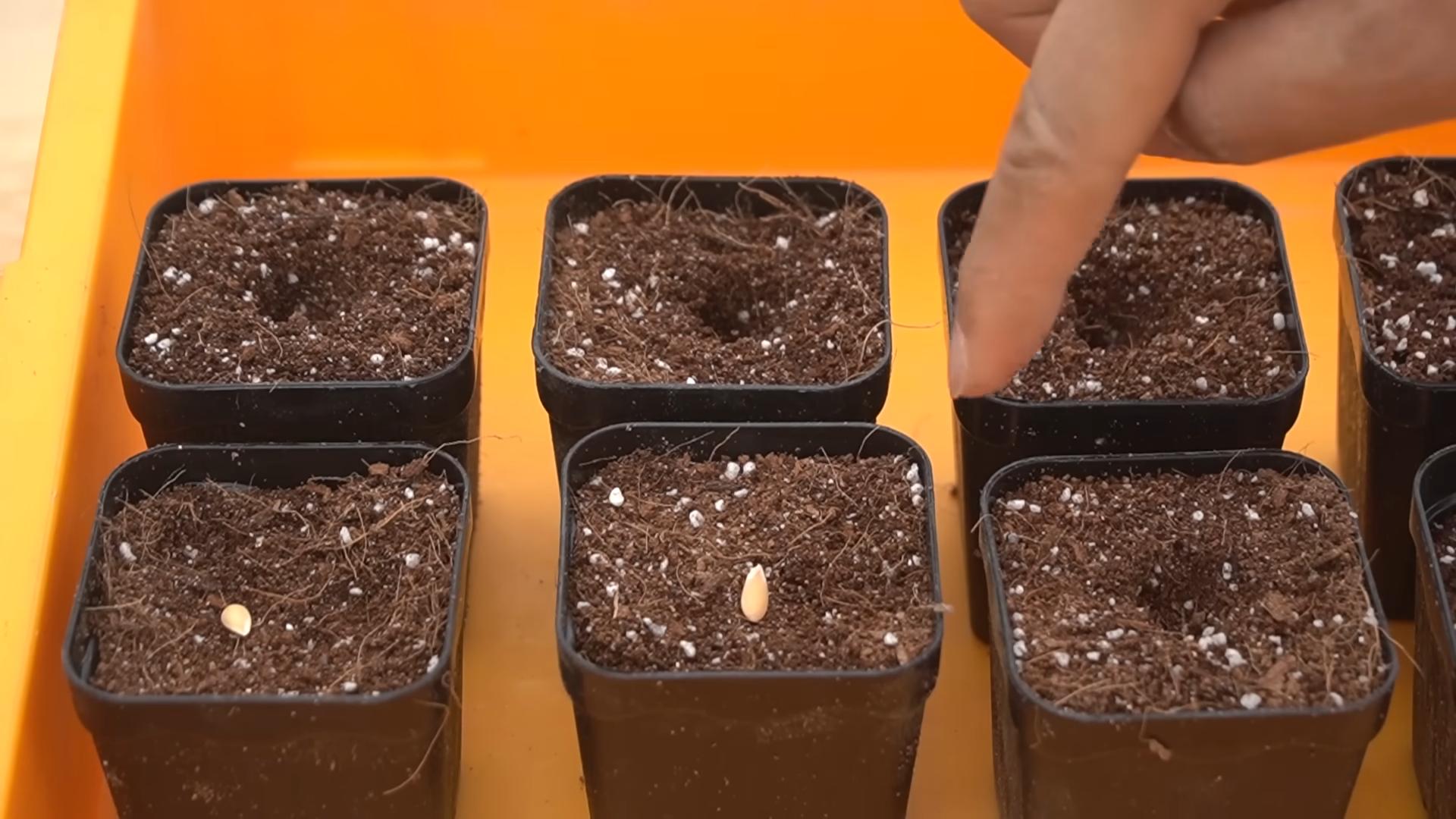
Conclusion
So, there you have it! Growing juicy melons at home isn’t some unattainable dream reserved for seasoned farmers. With a little planning, the right techniques, and a dash of patience, you can be harvesting your own sweet, refreshing melons right from your backyard. This DIY approach not only saves you money compared to store-bought options, but it also guarantees a fresher, more flavorful fruit, free from the waxes and preservatives often found on commercially grown melons.
But why is this DIY trick a must-try? Beyond the taste and cost savings, growing your own melons connects you to the natural world in a deeply satisfying way. You’ll witness the entire life cycle, from tiny seed to bountiful harvest, and gain a newfound appreciation for the food you eat. Plus, it’s a fantastic learning experience for the whole family, teaching valuable lessons about plant care, responsibility, and the rewards of hard work.
Don’t be afraid to experiment with different melon varieties! Watermelons are a classic choice, but consider trying cantaloupe, honeydew, or even some of the more exotic varieties like Galia or Charentais. Each has its own unique flavor profile and growing requirements, so do a little research to find what thrives best in your climate and suits your taste preferences. You can also explore different growing methods. While we’ve focused on traditional ground planting, consider vertical gardening techniques for smaller spaces or raised beds for improved drainage.
Remember, the key to success lies in providing your melon plants with plenty of sunshine, consistent watering, and well-draining soil. Don’t be discouraged if your first attempt isn’t perfect. Gardening is a journey of learning and refinement. Each season brings new challenges and opportunities to improve your skills.
We wholeheartedly encourage you to give this DIY trick a try. Imagine the satisfaction of biting into a perfectly ripe, homegrown melon on a hot summer day. It’s an experience that’s truly worth the effort. And once you’ve tasted the difference, you’ll never want to go back to store-bought melons again.
So, grab your seeds, prepare your soil, and get ready to embark on a rewarding gardening adventure. We’re confident that you’ll be amazed by the results. And most importantly, don’t forget to share your experiences with us! We’d love to hear about your successes, challenges, and any variations you’ve tried. Share your photos and stories in the comments below – let’s build a community of home melon growers! Let us know if this **DIY melon growing** guide helped you.
Frequently Asked Questions (FAQs)
What is the best time to start growing melons?
The best time to start growing melons depends on your climate. Generally, melons are warm-season crops that require a long growing season (70-90 days). In most regions, you’ll want to start seeds indoors 4-6 weeks before the last expected frost. Once the soil has warmed up to at least 60°F (15°C) and the danger of frost has passed, you can transplant the seedlings outdoors. If you live in a warmer climate with a longer growing season, you can direct sow melon seeds directly into the garden after the last frost. Check your local frost dates and seed packet instructions for specific timing recommendations.
What kind of soil is best for growing melons?
Melons thrive in well-draining, fertile soil that is rich in organic matter. The ideal soil pH is between 6.0 and 6.8. Before planting, amend your soil with compost, aged manure, or other organic materials to improve drainage, fertility, and water retention. Avoid heavy clay soils, as they can become waterlogged and hinder root growth. If you have clay soil, consider growing melons in raised beds or containers to improve drainage. A soil test can help you determine the pH and nutrient levels of your soil and guide you on any necessary amendments.
How much sunlight do melons need?
Melons require at least 6-8 hours of direct sunlight per day to produce sweet, juicy fruits. Choose a planting location that receives full sun throughout the day. If your garden is partially shaded, try to plant melons in the area that receives the most sunlight. Insufficient sunlight can result in smaller, less flavorful melons.
How often should I water my melon plants?
Melons need consistent watering, especially during fruit development. Water deeply and regularly, aiming to keep the soil consistently moist but not waterlogged. Avoid overhead watering, as it can promote fungal diseases. Instead, water at the base of the plants using a soaker hose or drip irrigation system. During hot, dry weather, you may need to water more frequently. Check the soil moisture regularly by sticking your finger into the soil about an inch deep. If the soil feels dry, it’s time to water.
How do I know when my melons are ripe?
Determining when a melon is ripe can be tricky, but there are a few telltale signs to look for. For watermelons, look for a dull, rather than shiny, rind. The spot where the melon rests on the ground (the “ground spot”) should turn from white to yellow. You can also thump the melon – a ripe watermelon will sound hollow. For cantaloupes, the stem should slip easily from the vine when the melon is ripe. The melon will also have a fragrant aroma. Honeydew melons are ripe when the blossom end (opposite the stem) is slightly soft and yields to gentle pressure.
Do I need to fertilize my melon plants?
Yes, melons benefit from regular fertilization. Apply a balanced fertilizer (e.g., 10-10-10) at planting time, following the instructions on the fertilizer package. Once the plants start to flower, switch to a fertilizer that is higher in phosphorus and potassium to promote fruit development. You can also side-dress your melon plants with compost or aged manure throughout the growing season. Avoid over-fertilizing, as this can lead to excessive foliage growth and reduced fruit production.
What are some common pests and diseases that affect melons?
Melons can be susceptible to various pests and diseases, including aphids, squash bugs, cucumber beetles, powdery mildew, and fusarium wilt. Regularly inspect your plants for signs of pests or diseases. If you find any problems, take action promptly to prevent them from spreading. Use organic pest control methods, such as insecticidal soap or neem oil, to control pests. To prevent diseases, ensure good air circulation around your plants, avoid overhead watering, and practice crop rotation. Choose disease-resistant melon varieties whenever possible.
Can I grow melons in containers?
Yes, you can grow melons in containers, but you’ll need to choose a large container (at least 20 gallons) and select a compact or bush-type melon variety. Use a high-quality potting mix and provide regular watering and fertilization. Container-grown melons may require more frequent watering than those grown in the ground. Make sure the container has good drainage to prevent root rot.
How can I improve the sweetness of my melons?
Several factors can influence the sweetness of melons, including sunlight, water, and soil fertility. Ensure your melon plants receive plenty of sunlight and consistent watering. Avoid over-watering, as this can dilute the sugars in the fruit. Fertilize your plants regularly with a fertilizer that is high in potassium, which promotes sugar development. You can also try pinching off some of the side shoots to encourage the plant to focus its energy on fruit production.
What should I do if my melon plants are not producing fruit?
There are several reasons why your melon plants may not be producing fruit. Insufficient sunlight, poor pollination, and nutrient deficiencies are common culprits. Make sure your plants are receiving at least 6-8 hours of direct sunlight per day. Hand-pollinate the flowers if you suspect poor pollination. Use a small paintbrush to transfer pollen from the male flowers to the female flowers. Fertilize your plants with a fertilizer that is high in phosphorus to promote fruit development. Also, check for pests or diseases that may be affecting fruit production.


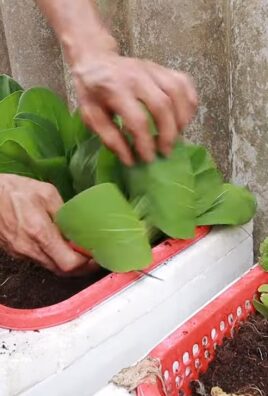
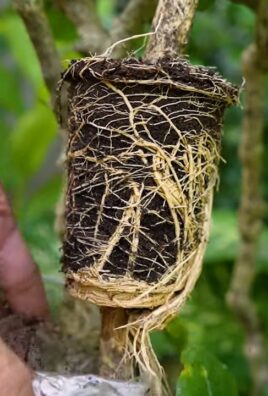
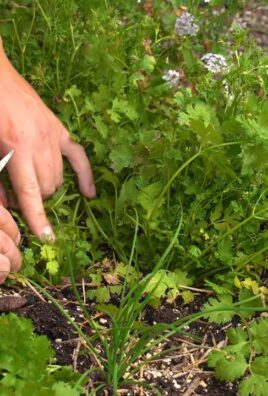
Leave a Comment